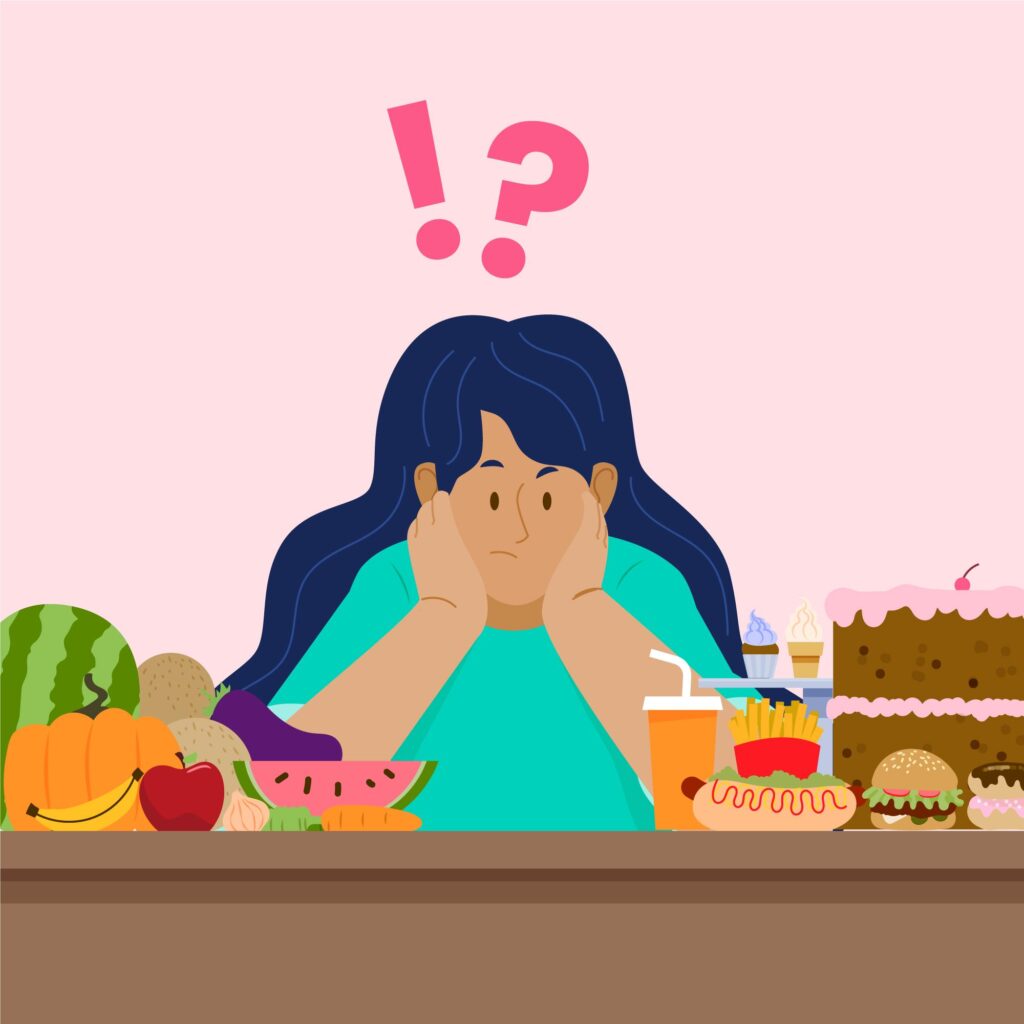More people than you may imagine struggle to swallow food and drink and it is not only elderly people who suffer.
The condition is called dysphagia. It ranges from discomfort in swallowing – which may lead to poor nutrition or dehydration, to difficulty in swallowing – which may cause food and drink to go down the wrong way, potentially resulting in choking.
Dysphagia can be very traumatic to the person suffering and those caring for them. It can be very challenging to manage the condition and minimise the risks.
After initially swallowing food or drink, the swallowing process is normally an involuntary bodily function that doesn’t need conscious action. However, due to medical or physical problems this is not always the case. If the body can’t swallow at all, the individual will need to have a feeding tube placed through the abdominal wall, directly into the stomach – a procedure known as a ‘PEG’, which stands for percutaneous endoscopic gastrostomy.
The most common reasons for struggling to safely swallow food and drink are:
Neurological disorders:
Damage or dysfunction in the nervous system can interfere with the coordination and control of the muscles involved in swallowing.
Consequently, many people with neurological disorders, including dementia and multiple sclerosis, have problems swallowing food and drink.
Aging:
As people age, the muscles involved in swallowing may weaken, making swallowing more challenging. Many people find it harder to swallow when they are tired for example or after they have been talking for a long time. It is calculated that between 50-75% of nursing home residents and 10% of acutely hospitalised older people have issues swallowing food and drink.
Weak or uncoordinated muscles:
Weak or uncoordinated muscles involved in the swallowing process can lead to dysphagia. This may be encountered by stroke survivors, and poeple livving with Parkinson’s disease, motor neurone disease, and muscular dystrophy.
Between 40-78% of stroke survivors will initially have dysphagia following a stroke. 76% will remain with a moderate to severe dysphagia and 15% with profound dysphagia.
33% of the people with multiple sclerosis may have swallowing difficulties.

Cancer Survivors:
Dysphagia is relatively common among survivors of some types of cancer, including those with lung, and oesophageal cancer. In particular, between 50-60% of head and neck cancer survivors struggle to swallow food and drink.
Respiratory conditions:
Dysphagia is also relatively more common among people with respiratory conditions such as emphysema, and asthma.
Around 27% of people with chronic obstructive pulmonary disease have dysphagia.
The symptoms of dysphagia are outlined on our page ‘What are the common signs of dysphagia?’. But if someone is experiencing persistent or worsening difficulty with swallowing, it is important to seek medical attention.
A healthcare professional can evaluate the underlying cause and recommend appropriate treatment or interventions to manage the condition.
Click on the link below for information from The RCLST who provide a useful fact sheet.
